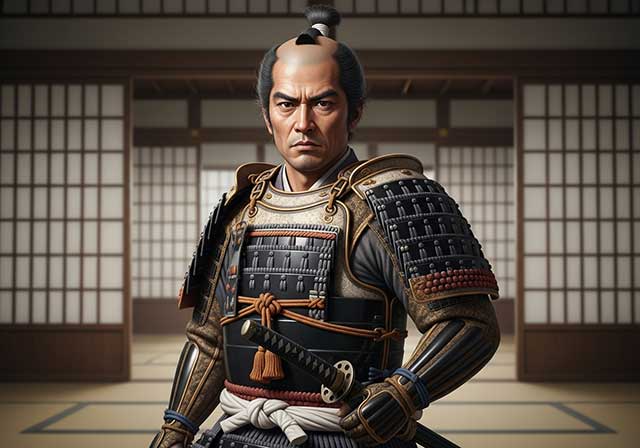
Motosuke was the son of Ikeda Tsunooki and the older brother of the famous military commander Ikeda Terumasa. Sources differ on his year of birth—it was either 1559 or 1564. Motosuke was married to the sister of Oda Nobutada, the eldest son of Oda Nobunaga. Thus, Nobutada's son, Oda Hidenobu, was his nephew.
Motosuke served Oda Nobunaga from an early age. The first mention of his participation in battles dates back to the siege of Itami Castle in 1578. In 1580, Motosuke participated alongside his father and younger brother in the campaign against Araki Murashige. After defeating Araki Motokiyo in the Battle of Hanakuma Castle, he was personally recognized by Oda Nobunaga. As a token of gratitude, Nobunaga presented him with a thoroughbred horse.
In February 1581, Motosuke took part in the Imperial Horse Parade in Kyoto organized by Nobunaga. After that, he left his father and began to act independently as one of the generals of the Ikeda clan. In the same year, on the orders of Oda Nobunaga, Motosuke, together with Toyotomi Hideyoshi, invaded the province of Awaji and laid siege to Iwaya Castle. After their opponent, Atagi Kiyoyasu, surrendered, Toyotomi's troops left the province, while the Ikeda soldiers remained in the conquered territory.
After the betrayal of Akechi Mitsuhide and the death of Oda Nobunaga in 1582, Ikeda Tsuneoki met with Toyotomi Hideyoshi at Himeji Castle and concluded an alliance agreement with him. Tsuneoki and Motosuke then fought against Akechi's troops in the Battle of Yamazaki. In the subsequent wars over Nobunaga's inheritance, Ikeda Motosuke supported Toyotomi Hideyoshi and participated in the Battle of Shizugatake in 1583.
At the Battle of Komaki-Nagakute in 1584, Motosuke fought against the forces of Tokugawa Ieyasu and was killed along with his father and half-brother Mori Nagayoshi.
See also
-
Kawakubo (Takeda) Nobuzane

Nobuzane was the seventh son of Takeda Nobutora and the half-brother of the famous Takeda Shingen. The identity of his mother is unknown, as is the exact year of his birth. It is believed that he was born sometime in the 1530s. When Nobuzane reached adulthood, he was sent to the village of Kawakubo, located in the northern part of Kai Province near the border with the Saku region. His duty was to guard the road leading north. In that village, he built a residence and changed his family name to Kawakubo.
-
Imagawa Sadayo
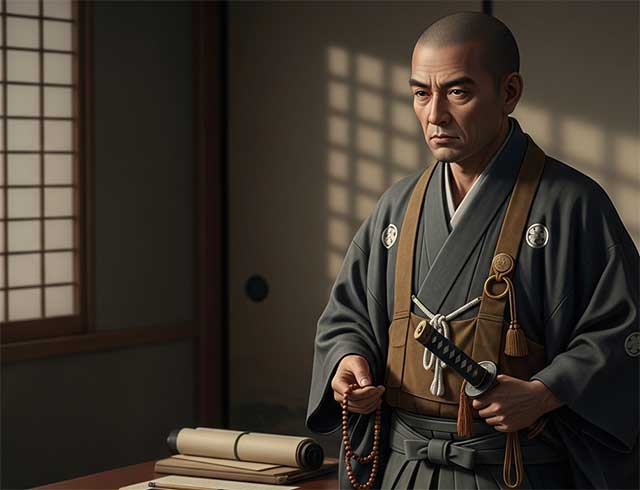
Imagawa Sadayo was one of the most outstanding figures of his era. Alongside Kusunoki Masashige and Kitabatake Chikafusa, he was considered one of the greatest generals and strategists of his time. In addition to his military talents, Sadayo was also a poet and historian, and his literary abilities earned him a prominent place at court and in scholarly circles.
-
Watanabe (Hanzo) Moritsuna
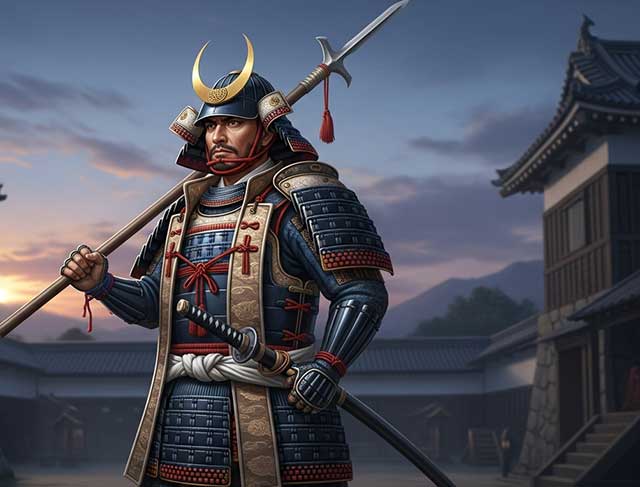
Moritsuna was the son of Watanabe Takatsuna, a vassal of the Matsudaira clan. He was the same age as Tokugawa Ieyasu and was held hostage with him by the Imagawa clan. In 1557, Moritsuna joined Ieyasu.
-
Ban Naoyuki
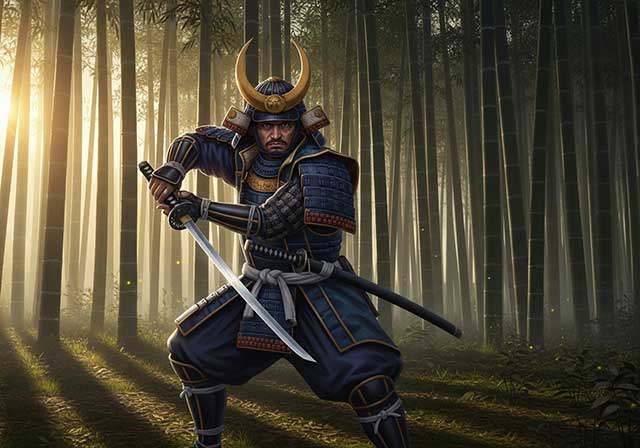
He was also known as Ban Danemon. In the early stages of his military career, he served under Kato Yoshiaki, one of the so-called “Seven Spears of Shizugatake,” who later became the ruler of the Aizu region in Mutsu Province. Naoyuki held the position of commander of the arquebusiers (teppo taishō).
-
Asakura Toshikage
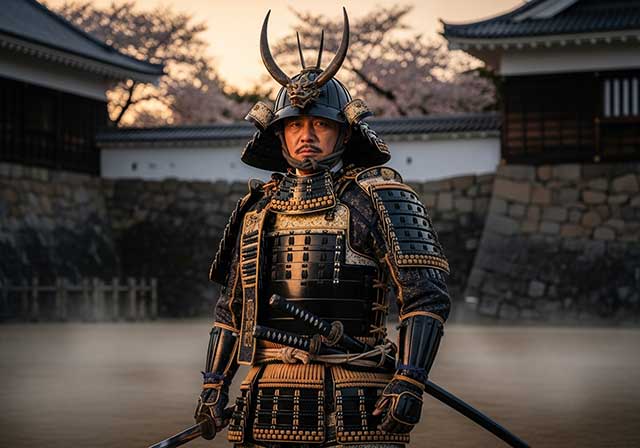
The Asakura family, who claimed kinship with several emperors, lived in the province of Echizen. Its representatives were considered hereditary vassals of the Shiba clan. From the mid-15th century until their defeat by Oda Nobunaga's army in 1573, which resulted in the final destruction of the Asakura clan, they were a significant military and economic force.
-
Asakura Yoshikage

Yoshikage was the eldest son of Asakura Takakage. He began ruling in 1548 at the age of fifteen, and during his reign he twice defeated the Ikko-ikki forces, in 1555 and 1564. Yoshikage supported the Saito family in their struggle against Oda Nobunaga in 1561–1567. When Ashikaga Yoshiaki fled Kyoto in 1565 after the assassination of his older brother, Shogun Ashikaga Yoshiteru, Yoshikage gave him refuge. However, he was unable to provide sufficient support for Yoshiaki's claim to the title of shogun, and Yoshiaki had to seek help from Oda Nobunaga.
-
Asakura Norikage
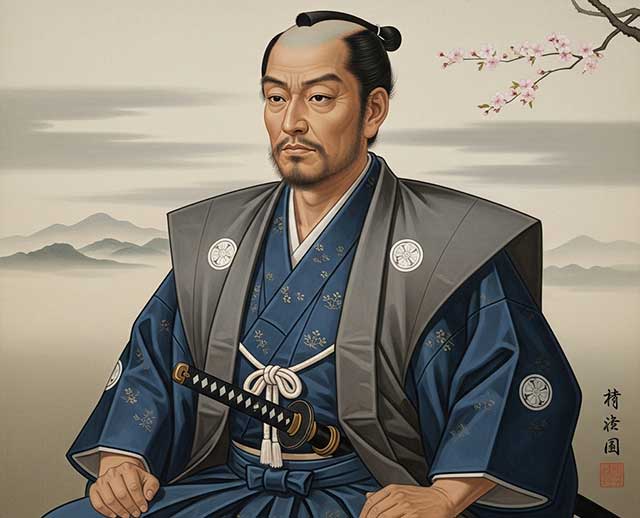
Norikage came from the ancient samurai clan of Asakura, whose members considered themselves descendants of Prince Kusakabe, son of Emperor Tenmu (631–686). He was the eighth son of daimyo Asakura Takakage and was named Kotaro in childhood. Over time, Asakura Norikage became the pillar of the Asakura clan and was undoubtedly its most talented commander during that difficult period when the clan was experiencing internal difficulties, uprisings by the Ikko-ikki sect, and instability in the lands surrounding the capital. Although Norikage himself was never a daimyo, he served as an advisor to three generations of Asakura clan leaders. He spent his entire life on military campaigns. After his father's death in 1481, Norikage entered the service of his brother, Asakura Ujikage.
-
Asai (Azai) Nagamasa
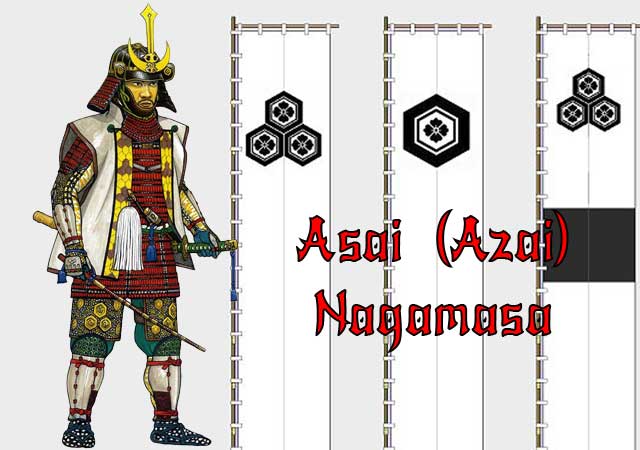
Asai Nagamasa inherited power from his father, Asai Hisamasa, when he was only fifteen years old. Both brave and impulsive, he proved himself a capable commander, managing to regain lands from the Rokkaku clan that had previously been lost by his father. After a territorial dispute with Oda Nobunaga over the province of Mino, Nagamasa formed an alliance with Nobunaga and married his sister Oichi, who was famous for her beauty. In 1570, when Oda Nobunaga declared war on the Asakura family, Nagamasa sided with the Asakura because he had long-standing ties with them. This unexpected move threatened Nobunaga's invasion of the Asakura lands by threatening him from the rear. Oda managed to save his army, not without the help of Tokugawa Ieyasu, but relations between Nobunaga and Asai were permanently damaged.

